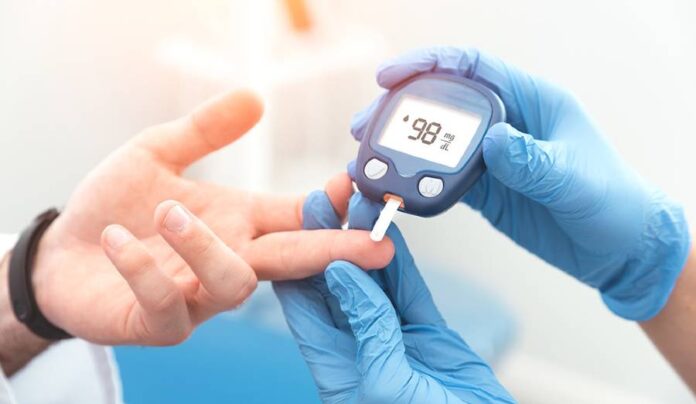The number of diabetes cases in the United Kingdon is growing out of control. There are two kinds of diabetes:
- Type 1 diabetes – This type of diabetes is an autoimmune disease where insulin production shuts down. It is irreversible, and people who have it require insulin shots to survive. This condition is also referred to as insulin-dependent diabetes.
- Type 2 diabetes – Unlike the other form, type 2 diabetes is directly influenced by diet and lifestyle. More specifically, it is caused by the loss of insulin and leptin sensitivity. Unlike type 1 diabetes, it is completely preventable and almost 100 percent reversible.
Only five to 10 percent of people who have diabetes have type 1 diabetes.
Type 1 Diabetes – Prevention Is Key
Type 1 diabetes occurs when the immune system attacks the pancreatic cells that produce insulin. Patients then develop insulin deficiency. Because of this, diagnosis needs to be done as soon as possible, or else it can be life-threatening. Complications that may arise from type 1 diabetes are blindness, kidney problems, heart problems, and stroke.
Although the number of type 1 diabetes patients is smaller than those who suffer from type 2 diabetes, the numbers are increasing. Type 1 is often found in people under age 20. According to a study published in the Lancet, it is expected that the cases of type 1 diabetes in children under five will double until the year 2020, whereas a 70 percent rise in cases in children under 15 will occur during the projected time.
At this point in time, prevention is the only option for this form of diabetes. Studies have confirmed that sun avoidance is linked to the development of this form of diabetes. Those who live in regions without much sunlight exposure are found to have a higher risk of developing type 1 diabetes.
Mothers can reduce their children’s risk of developing type 1 diabetes by having their vitamin D levels optimized before and during pregnancy.
Breastfeeding is another preventive measure for type 1 diabetes. Babies fed infant formula often gain weight quicker and have a higher risk of diabetes. Infant cereal is another food you should avoid, because it contains grains and also raises diabetes risk.
Type 2 Diabetes – Overcome the Disease Through Smart Diet and Lifestyle Choices
Normally, conventional medicine treats type 2 diabetes by lowering blood sugar through drugs. Although this is the primary option for patients, it is ineffective and detrimental to their health. Studies show that treatment with glucose-lowering drugs can even increase your risk of death due to heart-related causes.
It is important to remember that elevated blood sugar is only a symptom of the disease. The best treatment for this type of diabetes is to focus on the underlying causes. As mentioned before, this problem is triggered by faulty leptin signals and insulin resistance.
Leptin is your satiety hormone, which helps you regulate what you eat. It also directs your brain on what to do with the energy it has, and it is associated with insulin signaling. Insulin is formed to store extra energy. Energy is often converted into two things: a small amount into glycogen and a large amount as fat. Lowering blood sugar is only a “side effect” caused by the process of storing energy.
Drugs cannot make diabetes disappear. They only treat certain symptoms, and injecting insulin can worsen insulin and leptin resistance.
Getting on the road to recovery means making lifestyle adjustments that will restore your sensitivity to leptin and insulin. Here are some steps to take that can prevent and even reverse type 2 diabetes. These can also help prevent type 1 diabetes and promote overall health:
- Exercise regularly.
- Eliminate sugar and grains from your diet, especially fructose.
- Always monitor your fasting insulin level – It should be between 2 and 4.
- Optimize your vitamin D levels.
- Consume more foods that supply probiotics or beneficial bacteria.
